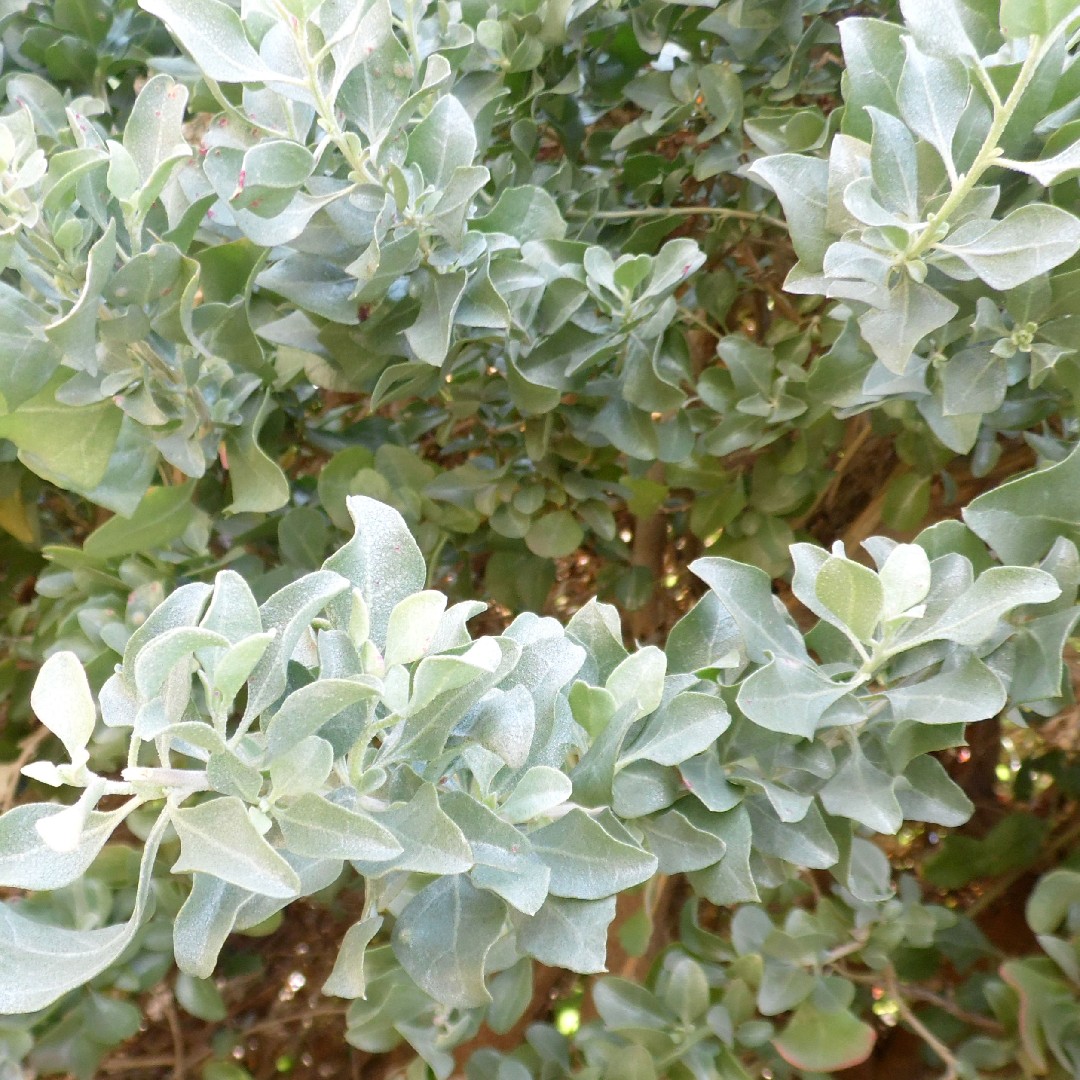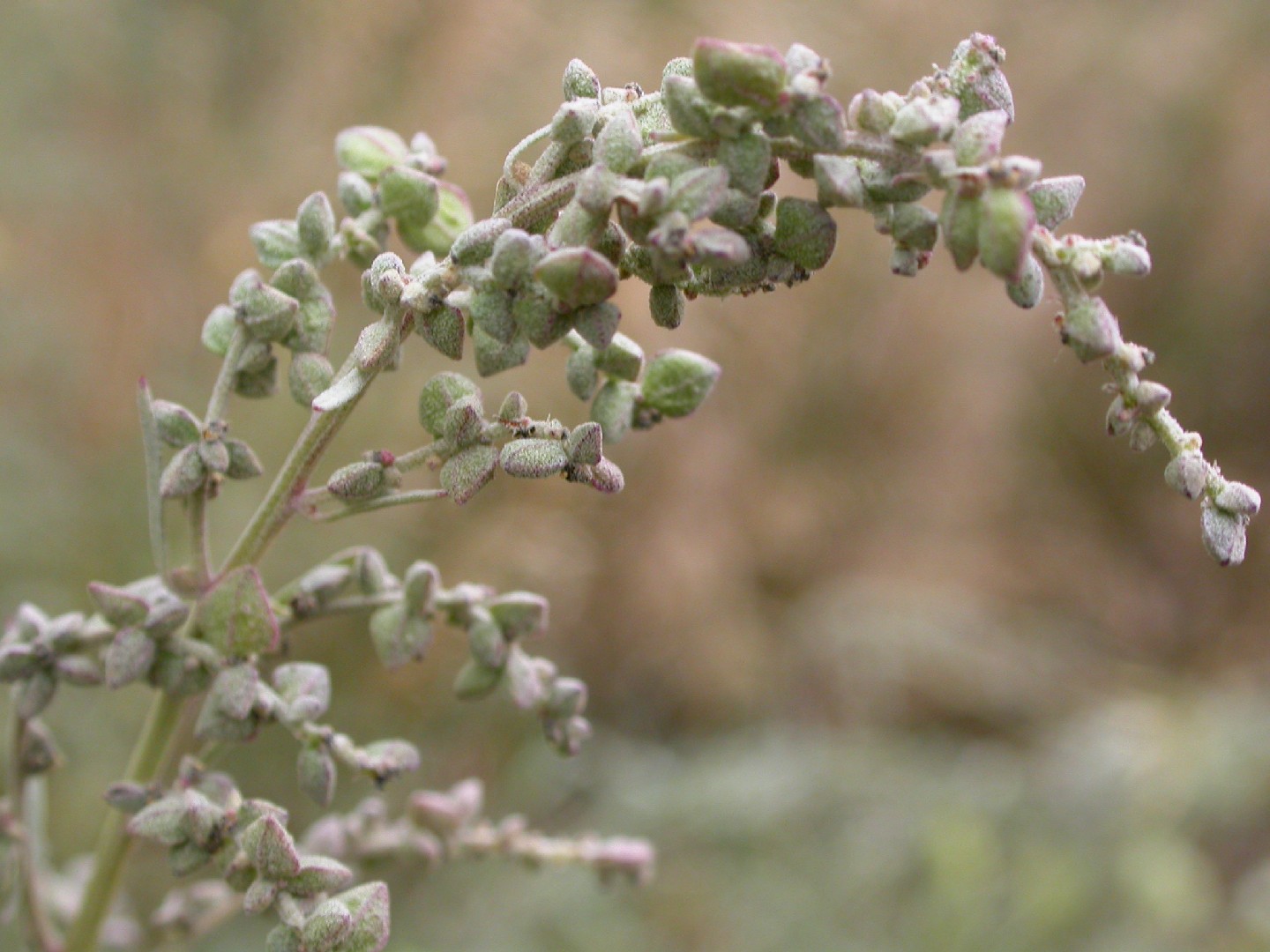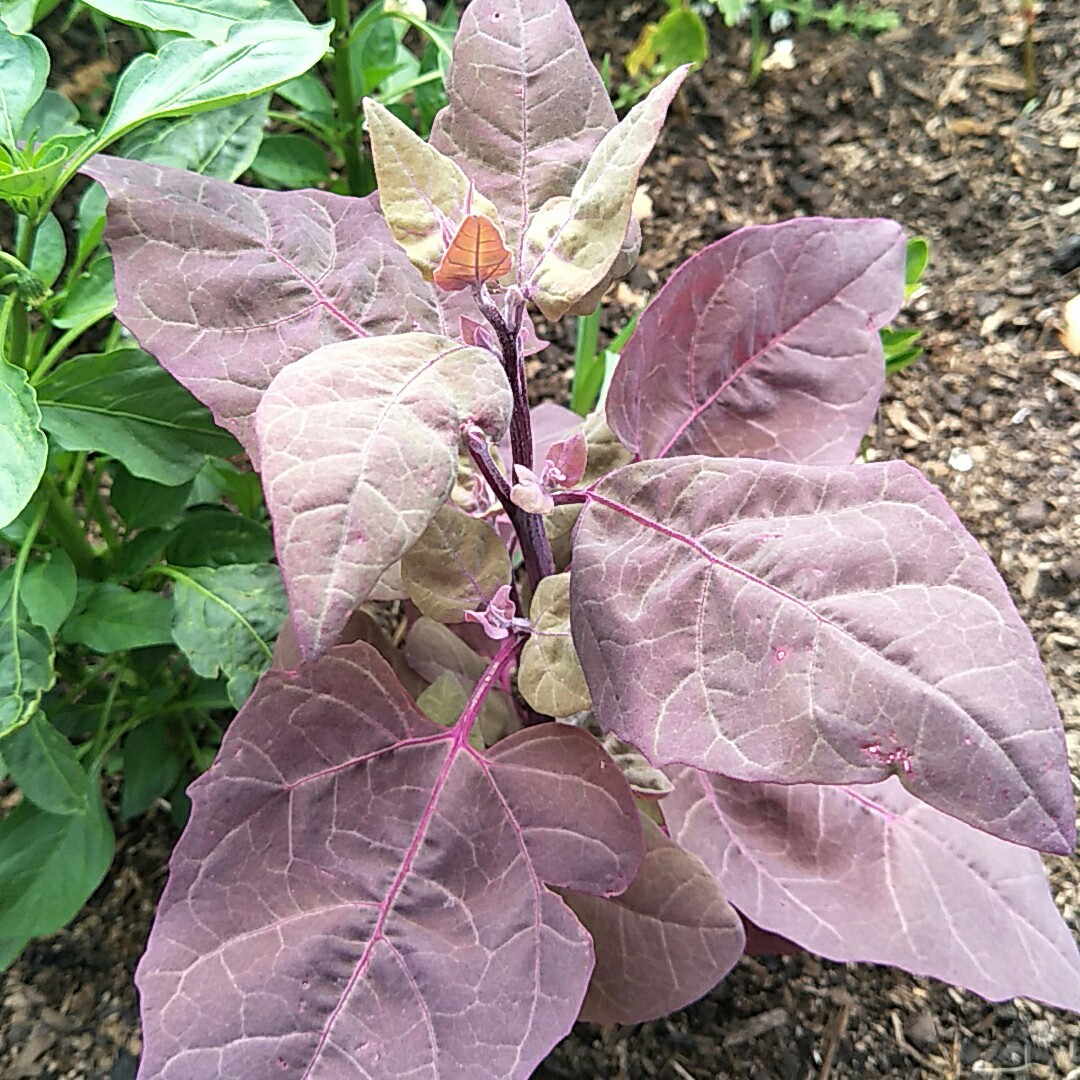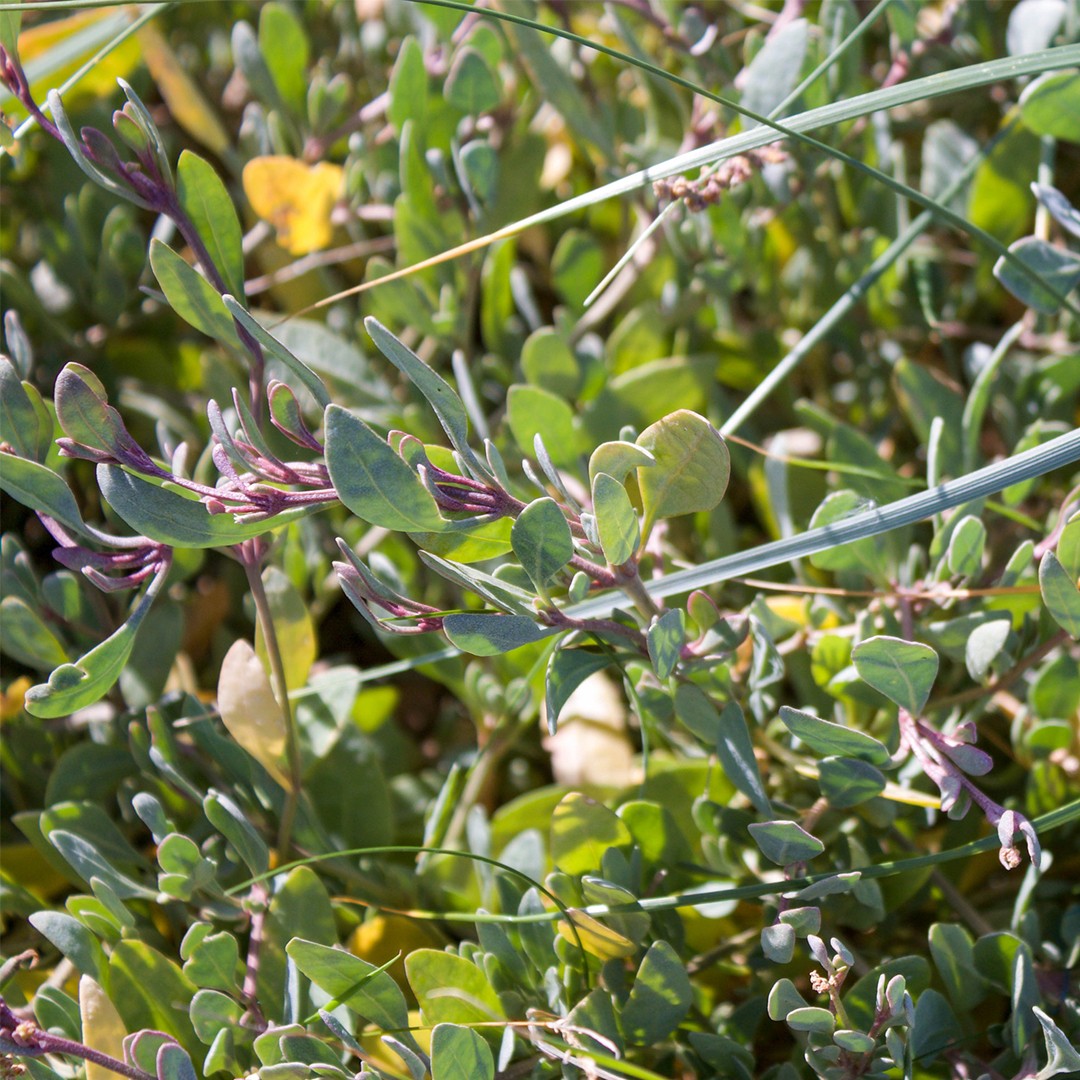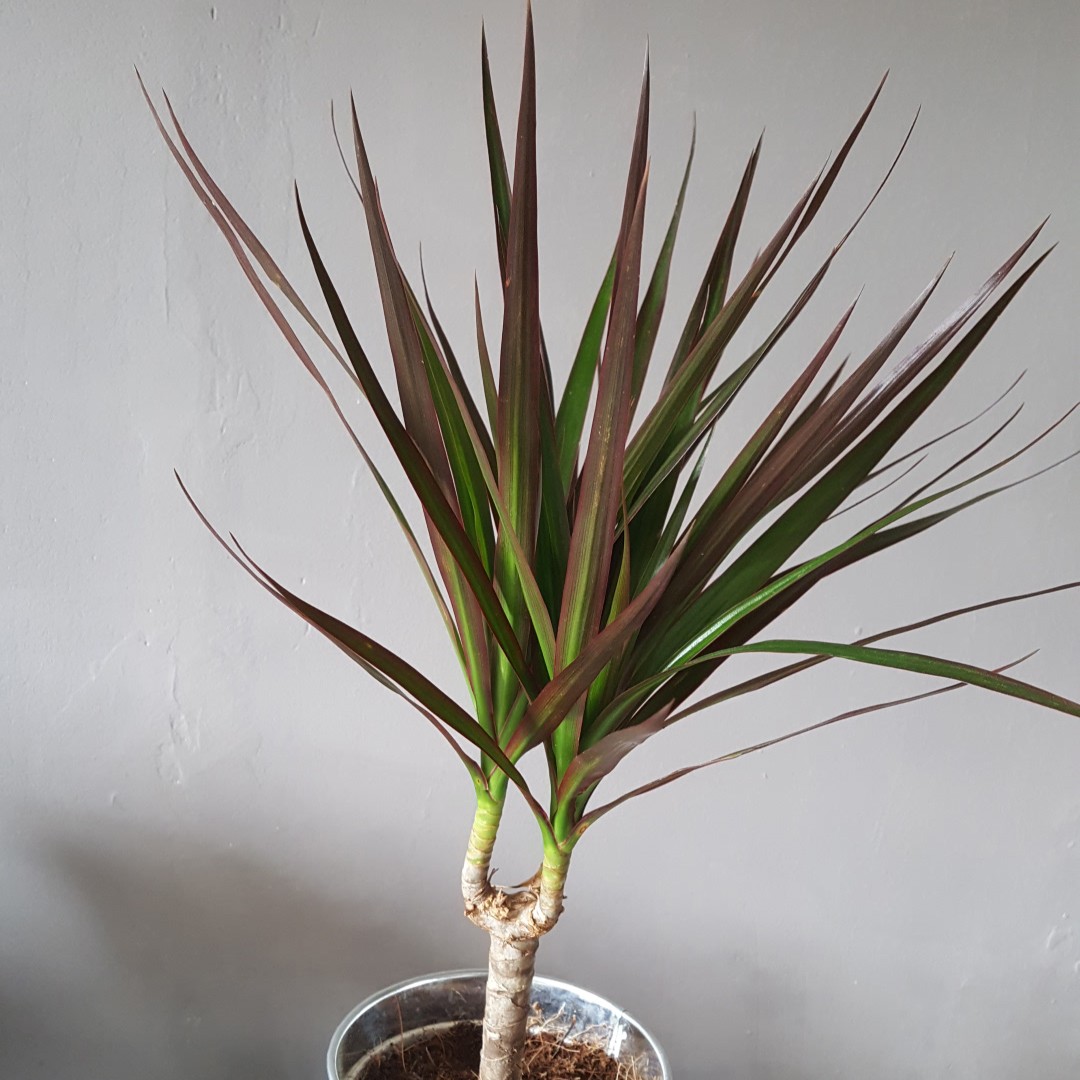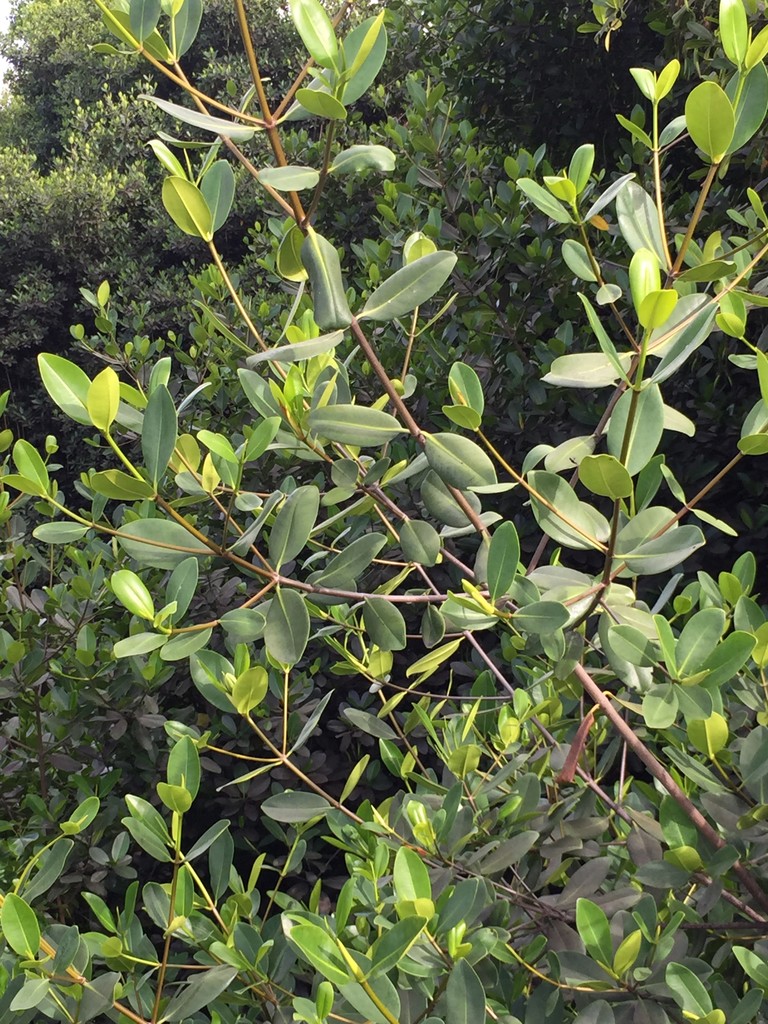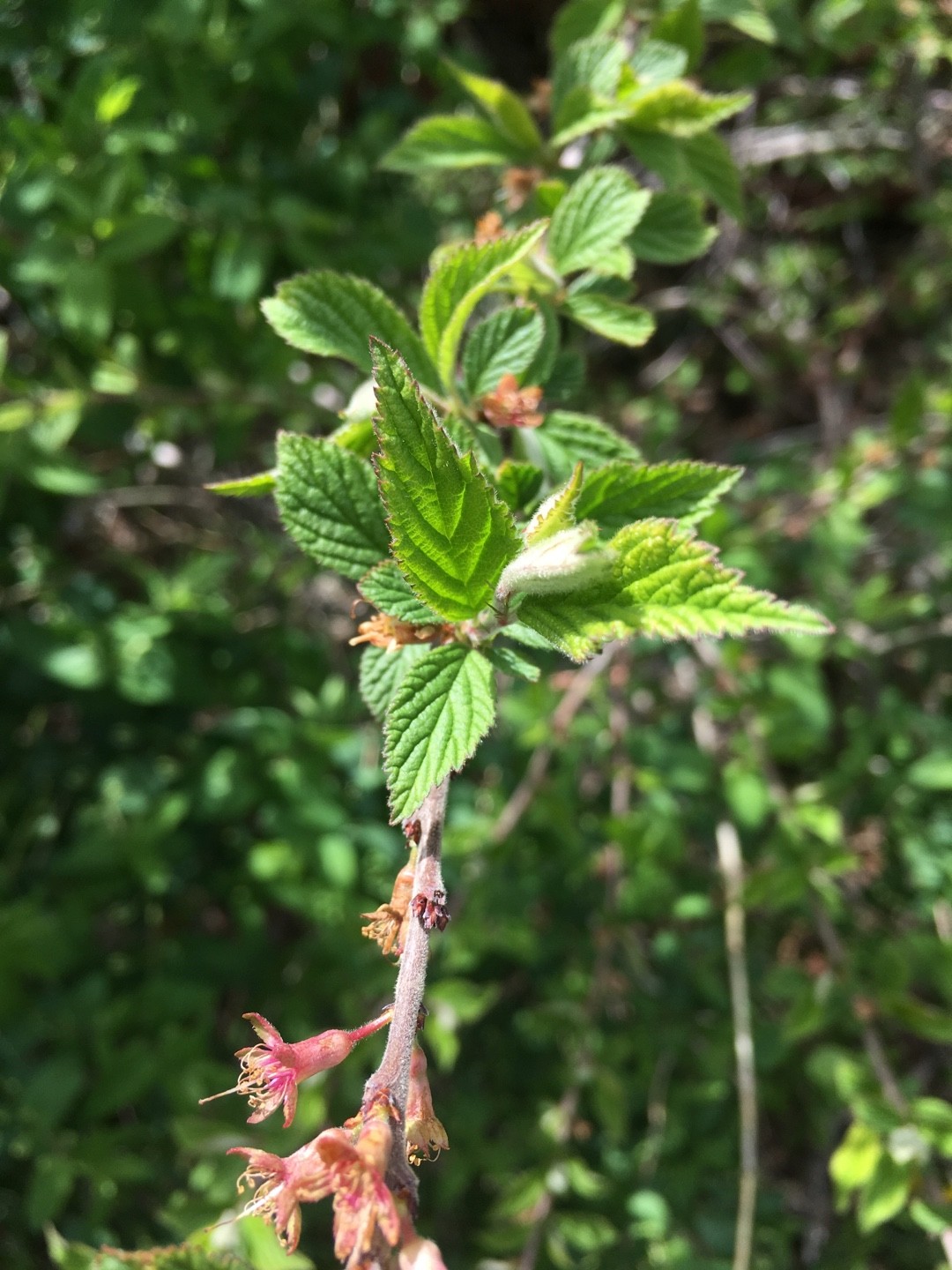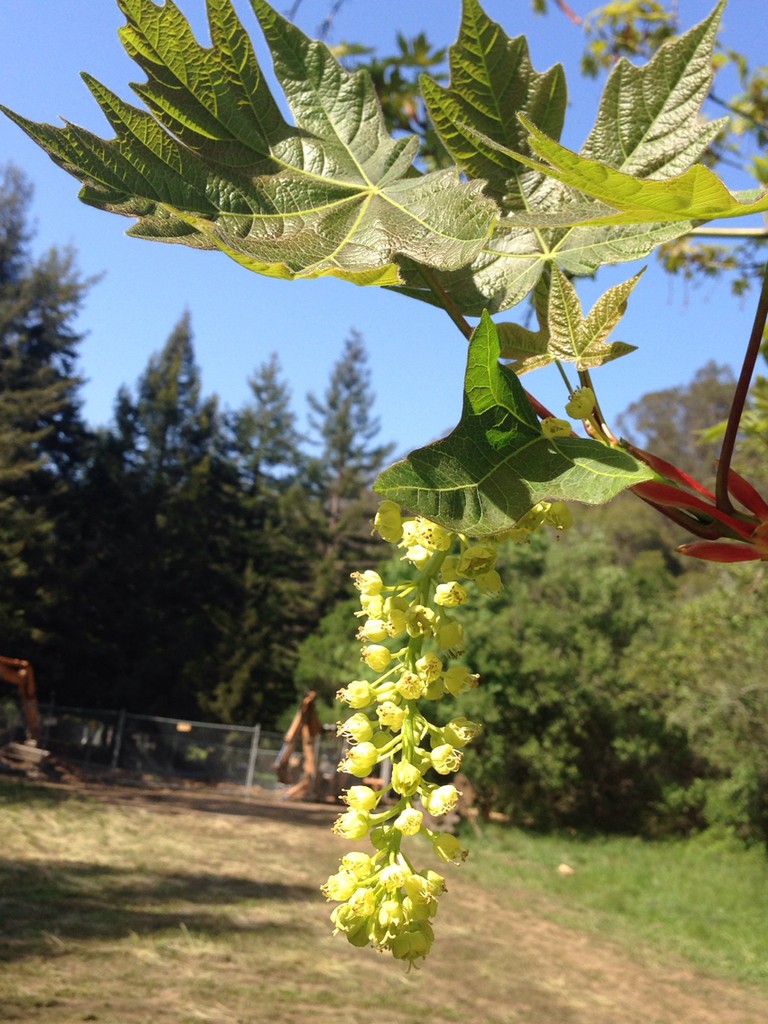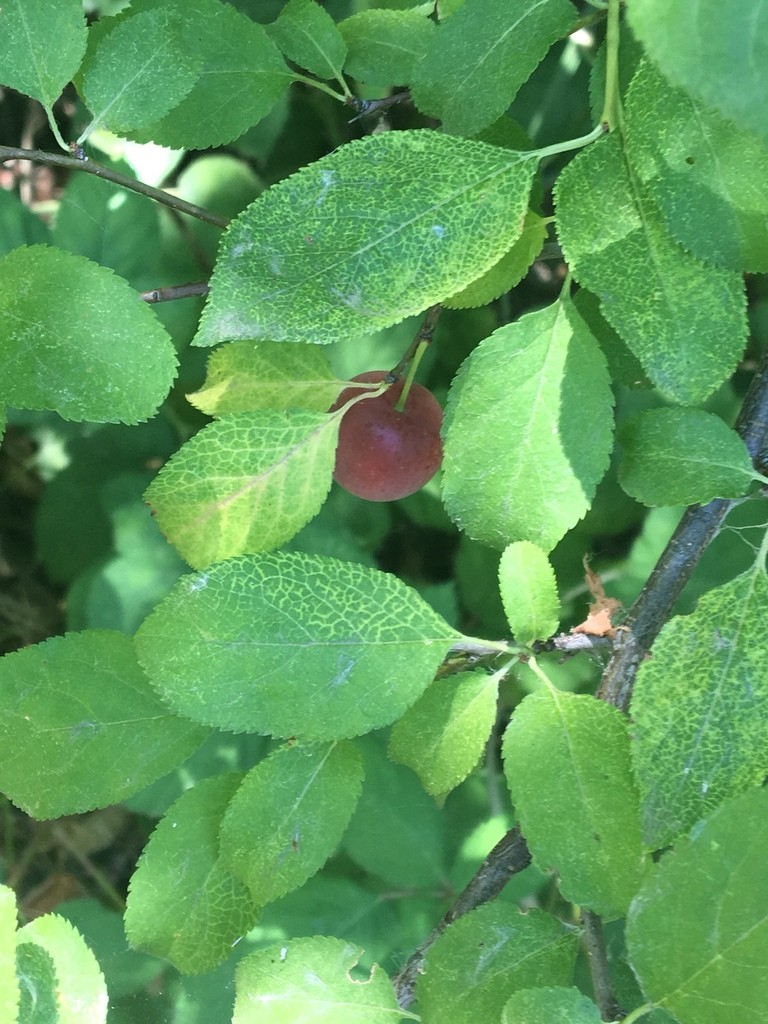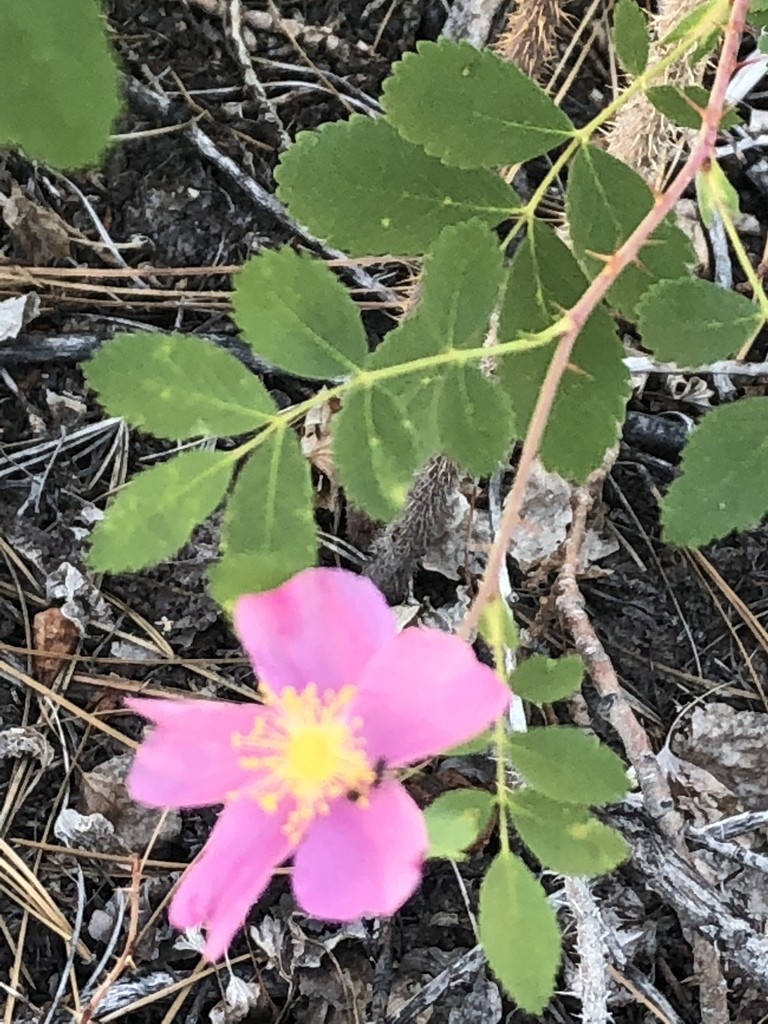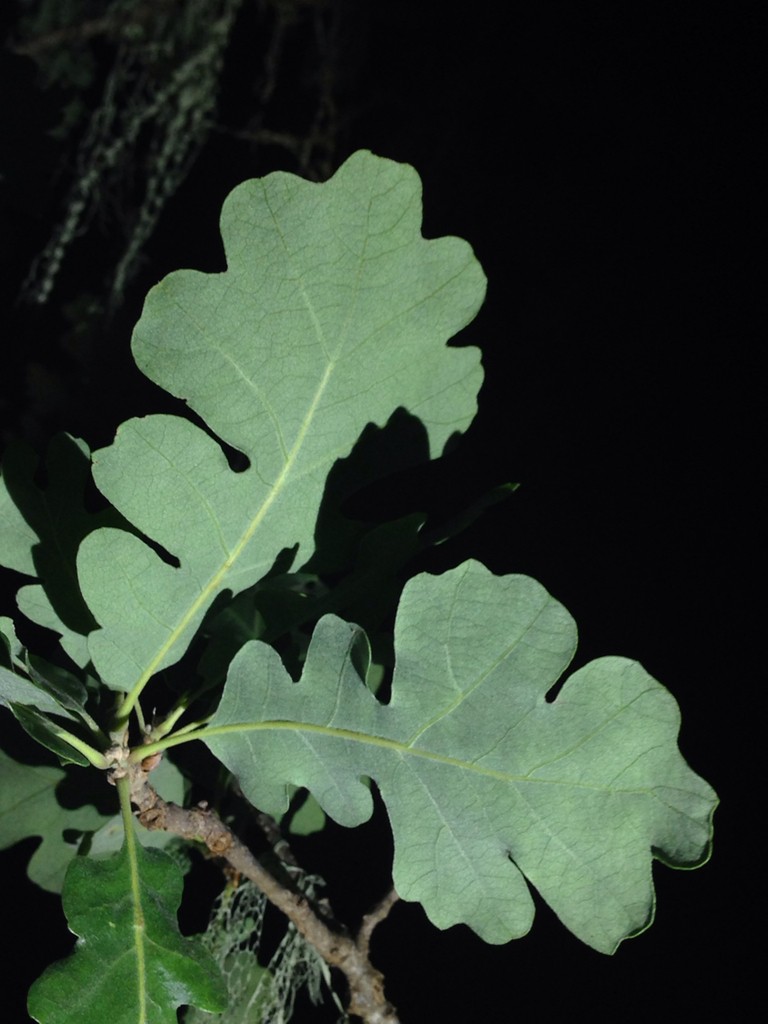Saltbush, a versatile plant genus, demands basic care like moderate sunlight, temperate conditions, and well-drained soil. They handle drought well yet benefit from regular watering. Common challenges include susceptibility to pests like aphids and diseases like leaf spot, which reduce their vigor. During spring and autumn, its growth is strong, while summer heat requires extra watering. In winter, little care is needed. Seasonal adjustments in care maintain the plant's optimal health. The overall care profile of saltbush is moderate.






